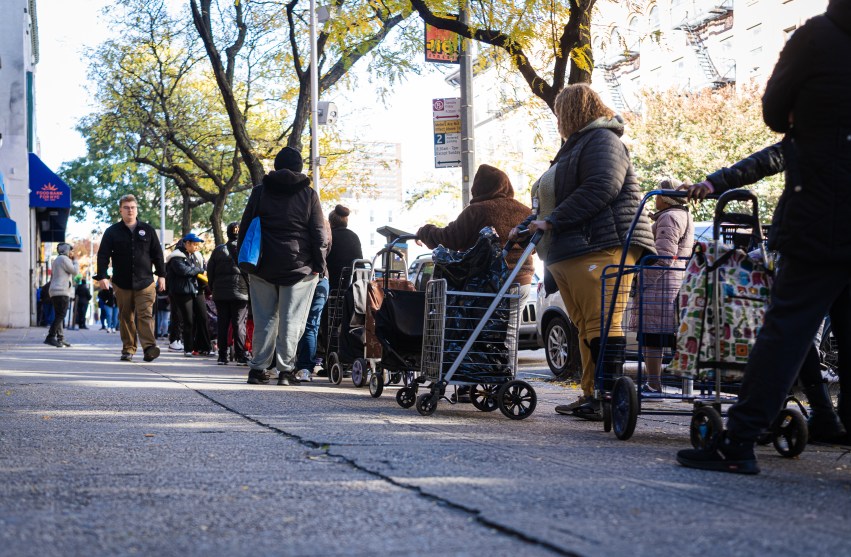As Kate Sheppard reported last week, July 26th marked the start of yet another oil spill in the US. A 30-inch pipeline owned by Calgary-based Enbridge Energy Partners burst in southwest Michigan, dumping more than a million gallons of oil into a creek feeding into the Kalamazoo River.
Now, the communities of Calhoun and Kalamazoo counties begin the process of cleaning up. Homes surrounding the site remain evacuated per the recommendation of the Calhoun County Health Department due to the airborne presence of benzene—a known carcinogen that is released when oil comes in contact with the air. Signs reading “Recent contamination as a result of the Enbridge Energy oil spill have made this river unsafe to use” line the Kalamazoo River.
Sort-of-good news came earlier this week: The oil had stopped flowing by the end of last week. And on Tuesday, Enbridge, having already launched a spill response website, offered to pay full market value for the more than 200 homes that lie within the spill “red zone,” or within 200 feet of the river, that were already for sale.
But the picture is far from rosy. Eighty miles of the 160-mile long Kalamazoo River is already deemed an EPA Superfund site for PCB contamination caused by paper mill, and reports now show that the oil has already reached this area of the river. The EPA disapproved a series of containment and recovery plans that Enbridge set forth last week, saying they were insufficient. But no matter how solid the plans, the clean-up is likely to take months.
The EPA claims that it will seek full liability against Enbridge for the spill, which, under the Clean Water Act, could amount to $1,100 to $4,300 for each of the 24,000 barrels spilled. The company has pledged to pay all fines in full. But even its own spokesman Alan Roth admits that “there’s still a tremendous amount of work to do.” Jay Wilson, a biologist with the state of Michigan said, “We probably won’t know the full effects for weeks or months or years.”














